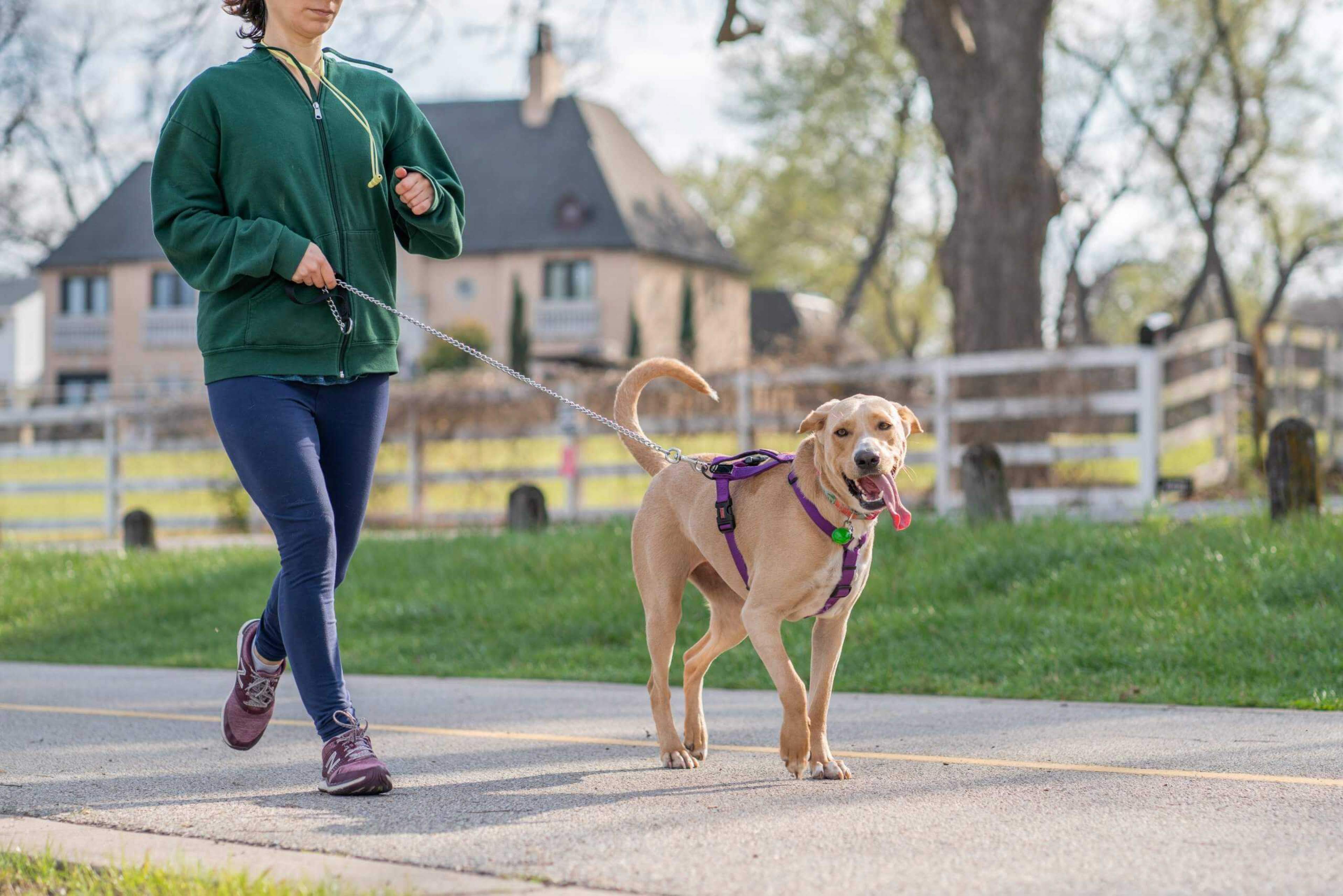The promise of remote therapeutic monitoring (RTM) solutions is a big one: make care more accessible, more cost-effective, and more impactful, and deliver it in a way that generates data that can inform future treatment recommendations.
Many leaders in digital health recognize this potential and have an incredible vision for how their solutions will transform people’s lives.
The only problem, in many cases, is where to start. And it’s not a small problem. In fact, it can be paralyzing. It can also spur leaders to choose a starting point at random, which can lead to months of work that doesn’t translate to better outcomes for your users and doesn’t bring your vision any closer to reality.
So what's the alternative? A human-centered approach. Here’s what that looks like in the context of RTM solutions.
Start with users
In the case of RTM solutions, there are two user groups: patients and clinicians.
We want patients to be motivated to use RTM solutions in ways that lead to better outcomes, and we want clinicians to be able to access data generated by patients’ use of those solutions so they can make treatment recommendations based on patients’ real-world activity.
In our work with Theragen, for example, we developed an app to accompany the use of a device that emits energy that helps bones grow after vertebrae surgery.
Recovery for these patients works best when they use the device as directed and when they move around.
When we talked to patients and doctors, we learned that recovery is painful and that many patients’ response to pain is to be as still as possible – which actually hurts long-term recovery. So we looked for ways to motivate people to both move more and use the device more.
Acknowledge emotions
You can’t have a human-centered approach without acknowledging that our emotions affect the way we behave.
For example, if I’m in pain post-surgery and don’t go for the daily walk my clinician recommended, then I may feel guilty. This can make me want to avoid thinking about or dealing with my recovery, which may look like skipping more walks or not using the energy-emitting device as often as I should, which, of course, hampers my recovery and can lead to even more guilt, and so on.
In human-centered design, we acknowledge that things like guilt and dread might affect how well people adhere to their clinicians’ recommendations. Because our goal is to improve outcomes, we have to look for ways to work with emotions.
One solution we developed in our work with Theragen was to include a pain diary in the app we built. In it, patients track their pain levels on an ongoing basis. That information then lives alongside the data sent by the device: metrics on how long the patient used the device itself and on how many steps they took that day.
Over time, users (hopefully) see that on days when they move more and use the device more they tend to have less pain.
This is incredibly powerful: seeing clear evidence that your actions can reduce your pain is empowering. It can also motivate patients to do more of the things that make them feel better, which creates a virtuous circle. And guess what: when people feel better about their treatment, they tend to adhere to it better.
Keep context top of mind
As wonderful as it is when people adhere to their treatment protocols, though, that’s not the end of the road for better health outcomes. Clinicians need access to data documenting patients’ adherence; really, they need that data to be in their EHR.
When a clinician can look at a chart that clearly shows a patient’s pain levels over time, plus their activity levels, plus their use of an electrical stimulating device, they can easily understand what to recommend next and clearly see when something is wrong.
If the patient returns in a few years with increased pain, the clinician can recommend the actions that worked to reduce pain in the past. And if the original clinician has left the practice, anyone who has access to the patient’s EHR can confidently make the same recommendation.
A human-centered approach to RTM design means recognizing that health outcomes depend on many factors outside of the patient’s use of the solution in question. Effective RTM solutions aim to fit into that larger context to maximize the odds of healthy outcomes over time.
When human-centered design works, your users would never go back to the old way
It takes a lot to convince people to try something new – and even more to convince people to keep using that new thing.
Human-centered design provides a pathway to consistently creating solutions that do that, in part by putting people (and their pain points, desires and behaviors) at the center from the start.
If you’ve got a vision for improving people’s lives with a digital health solution but you’re not sure where to start to make it a reality, I’d love to have a conversation about how we can help. Feel free to get in touch.

